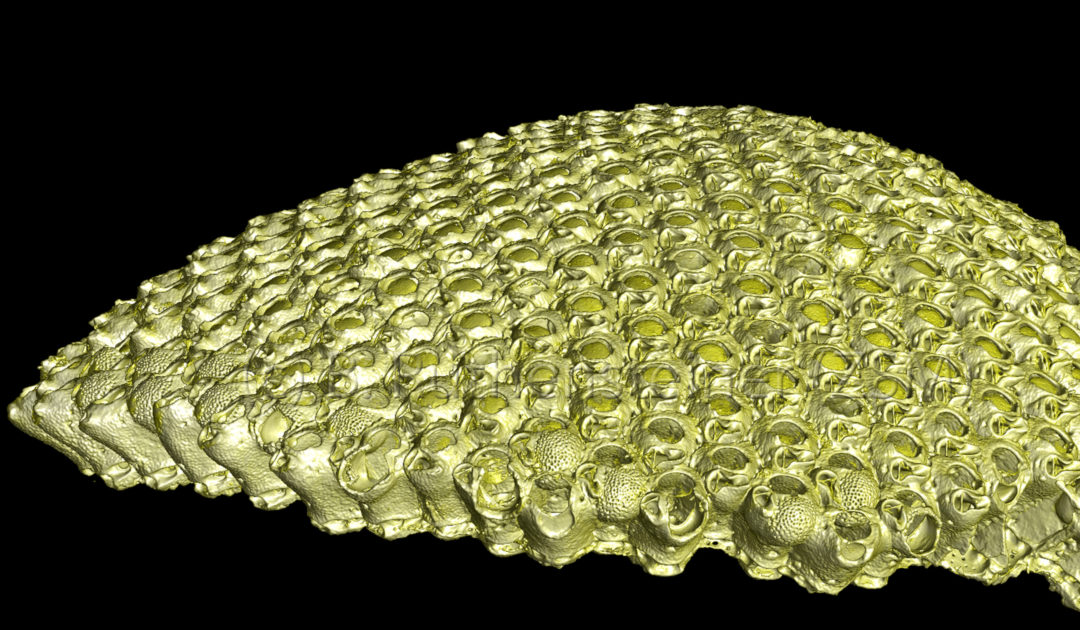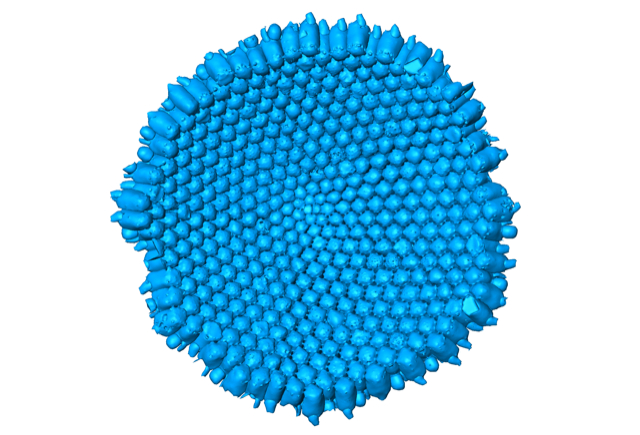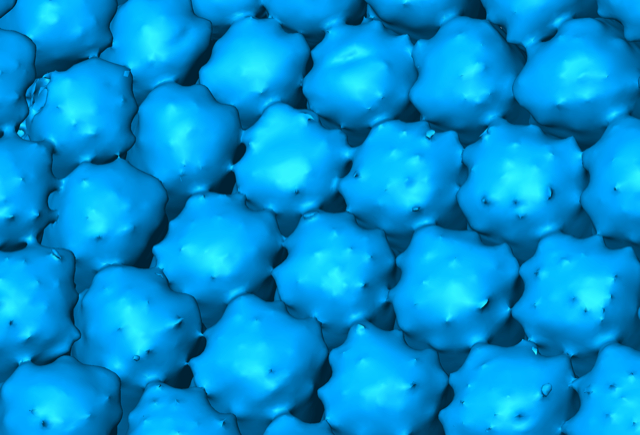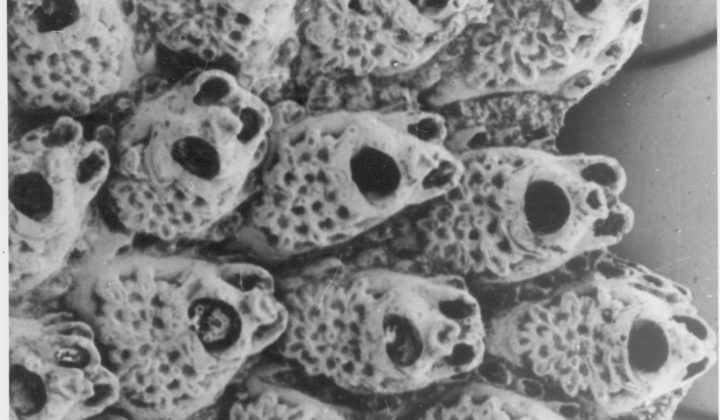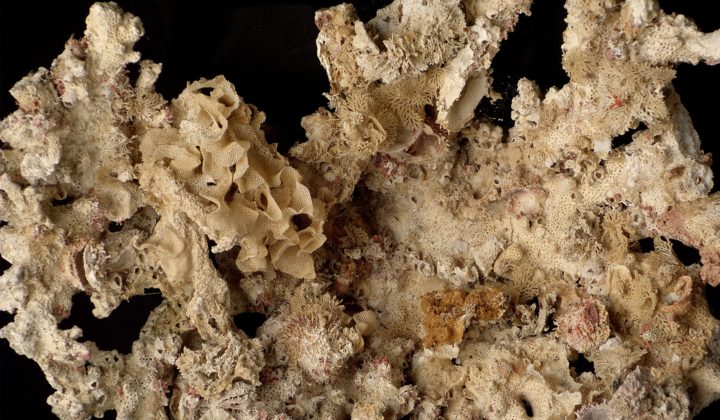The bryozoan collection of Professor Dr. Ehrhard Voigt at the Senckenberg Research Institute in Frankfurt am Main, Germany is a world-renowned collection of inestimate scientific value. It is the world’s largest collection of fossil bryozoans from the Upper Cretaceous and Palaeocene.
The collection represents a near-to complete documentation of the evolution of bryozoans on a carbonate platform extending from Central France to Southern Sweden and Central Poland, and lasting almost 50 million years from the Cenomanian to the Paleocene. The comprehensive “Bryo-archive” can be utilized as a valuable research infrastructure, documenting some highlights of the rise and (temporary) fall of bryozoans in the course of their evolutionary history: the early expansion of various types of ascophorines and interior-walled cyclostomes, the increasing importance of laminar growing taxa, the evolutionary crisis at the Cretaceous-Paleogene boundary, and the Paleocene-Eocene Thermal Maximum (PETM), resulting in the final breakdown of the bryozoan-rich carbonate platform.
A DFG-project funded project (LIS-Project SCHO 581/12-1 “Enhancing documentation and digitalization of the Bryozoa collection donated by Professor Voigt (1905-2004) to the Senckenberg Research Institute, Frankfurt am Main, Germany”), aiming at the digitization of the most important parts of the bryozoan coll. E. Voigt, resulted in several taxonomical studies, undertaken under the lead of the project team member and today´s guest researcher Silviu-Octavian Martha. Probably most importantly, a three-part type catalogue of the collection Voigt was published online in 2019:
Martha S.O., Matsuyama K., Scholz J., Taylor P.M. & Hillmer G. (2019).- The bryozoan collection of Prof. Dr Ehrhard Voigt (1905–2004) at the Senckenberg Institute in Frankfurt. Part 1 – Introduction and Cyclostomata.- Carnets de Géologie, Madrid, vol. 19, no. 13, p. 221-275. E-ISSN 1634-0744. DOI 10.4267/2042/70498
Martha S.O., Matsuyama K., Scholz J., Taylor P.M. & Hillmer G. (2019).- The bryozoan collection of Prof. Dr Ehrhard Voigt (1905–2004) at the Senckenberg Institute in Frankfurt. Part 2 – Ctenostomata and non-ascophoran Cheilostomata.- Carnets de Géologie, Madrid, vol. 19, no. 15, p. 287-344. E-ISSN 1634-0744. DOI 10.4267/2042/70498
Martha S.O., Matsuyama K., Scholz J., Taylor P.M. & Hillmer G. (2019).- The bryozoan collection of Prof. Dr Ehrhard Voigt (1905–2004) at the Senckenberg Institute in Frankfurt. Part 3 – Ascophoran Cheilostomata and bibliography.- Carnets de Géologie, Madrid, vol. 19, no. 17, p. 369-419. E-ISSN 1634-0744. DOI 10.4267/2042/70498
